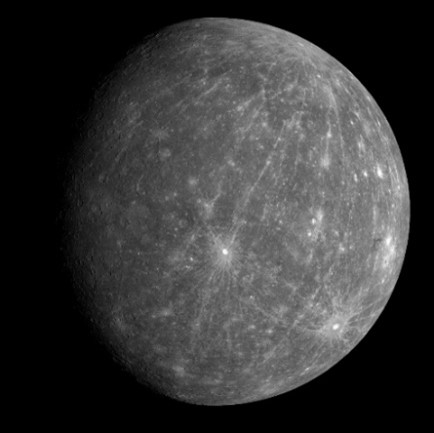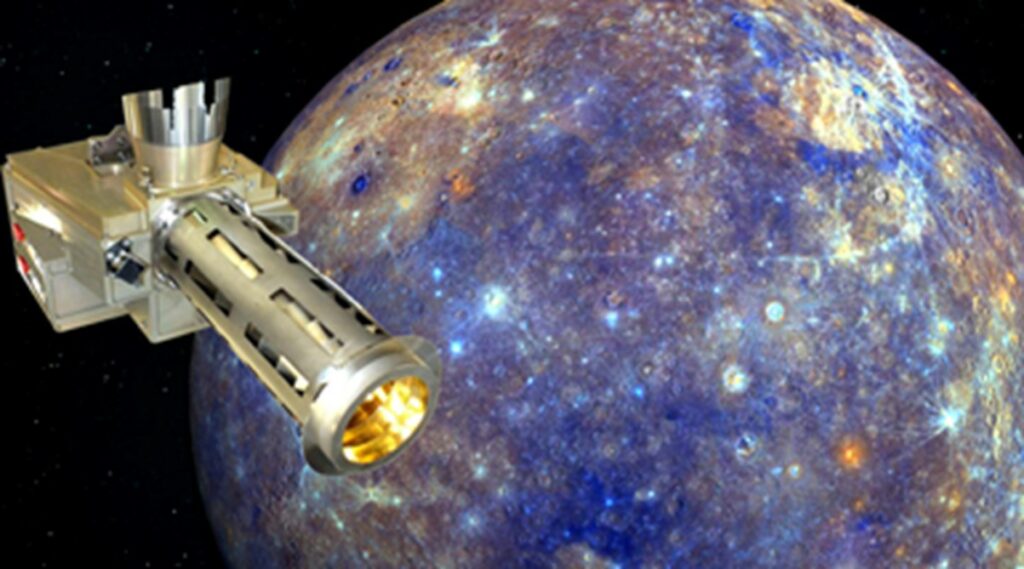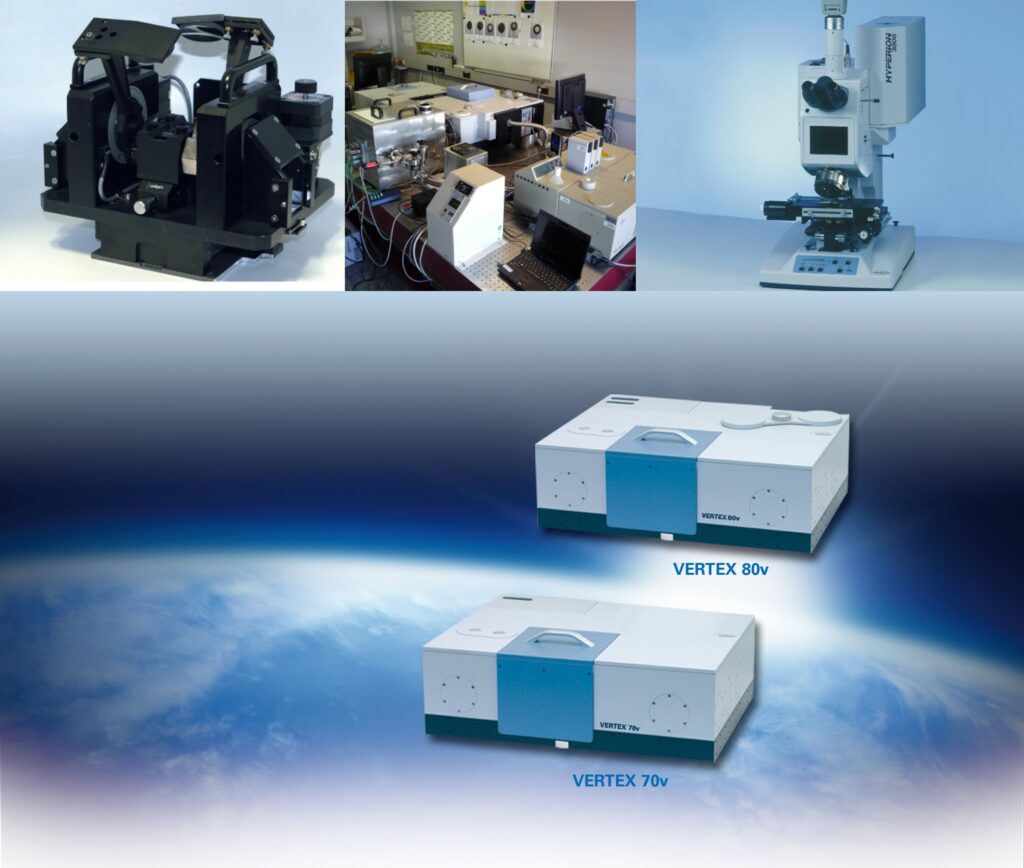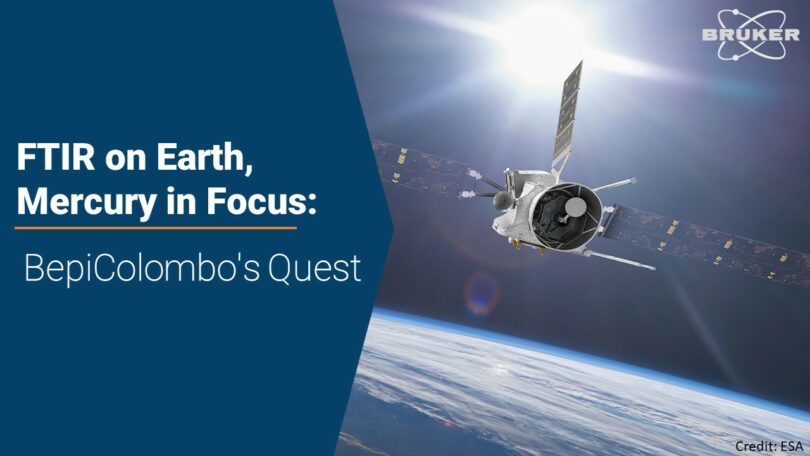BepiColombo’s Quest
On early hours on 19th October 2018 at Guiana Space Centre in Kourou in French Guiana an Ariane 5 rocket successfully launched the BepiColombo mission. It started its 7 years journey to Mercury. The joined mission of the European Space Agency (ESA) and the Japan Aerospace Exploration Agency (JAXA) was named in honor of Giuseppe “Bepi” Colombo, an Italian scientist who studied Mercury and first implemented the interplanetary gravity-assist maneuver.
Why Mercury is so interesting?

Mercury, the least explored inner planet of our Solar System, posed challenges for exploration due to its high-speed requirements and proximity to the Sun, making spacecraft maneuvering difficult. Mariner 10 and MESSENGER were the only missions closely observing Mercury until now. Mariner 10, a low-budget NASA’s probe in 1975, unexpectedly detected Mercury’s Earth-like magnetic field and provided visual data revealing numerous craters on the surface. MESSENGER, active from 2011 to 2015, extensively studied Mercury’s geology, magnetic field, and chemical composition, discovering water ice at its poles and past volcanic activity [1].
The BepiColombo mission, consisting of the Mercury Planetary Orbiter (MPO) and the Mercury Magnetospheric Orbiter (Mio), aims to address unanswered questions from previous missions. The mission seeks to gather more information about Mercury’s mysteries, including its magnetic field, surface composition, and the presence of water ice at the poles [2].
Infrared spectroscopy in Space

Fourier-transform infrared spectroscopy (FTIR) is widely utilized in space exploration, exemplified by instruments like the VIRITS on Rosetta and the VIR on the DAWN mission. In the BepiColombo mission, the MERTIS (MErcury Radiometer and Thermal Infrared Spectrometer) instrument integrates thermal infrared imaging spectrometry with a radiometer. MERTIS aims to explore the spectral surface features of Mercury within the thermal infrared range (7 – 14 μm) [2].
Mercury, lacking a substantial atmosphere, directly faces the solar wind and cosmic radiation, potentially altering the chemistry of its surface materials. This exposure gives rise to the formation of unique minerals and compounds, creating exotic chemical compositions. The presence of such exotic chemistry complicates the interpretation of data obtained from the surface of Mercury.
Waiting for data…
BepiColombo is expected to reach Mercury in 2025, with the initial spectral data expected by 2026. However, scientists are not idly waiting. Laboratories across the globe are actively conducting experiments on Mercury analogues, replicating the conditions found on the planet. This proactive approach aims to gather valuable insights, creating essential libraries to accurately interpret the forthcoming data [3].
In Florence, Italy, researchers at INAF-Astrophysical Observatory of Arcetri utilized mid-infrared (MIR) Spectroscopy to examine volcanic products, specifically silicate glasses, as analogs for Mercury’s surface. Prioritizing grain size significance, the team utilized Bruker’s VERTEX 70v FTIR with Harrick Praying Mantis™ for Diffuse Reflectance Infrared Fourier Transform Spectroscopy (DRIFTS) analysis. Operating in biconical off-axis geometry, this method ensured efficient collection and precise reflectance profile determination, measuring diffuse reflectance at 90° to the principal plane and preventing potential spectroscopic feature distortion [4].
At the Institute for Planetary Research, German Aerospace Center DLR, a specialized setup was created to explore the emissivity spectra of Mercury’s analogues under Mercury’s pressure and temperature conditions. An external chamber was constructed to measure the emissivity of solid samples in temperatures ranging from 320K to 900K [5].
At the IRIS laboratory in Münster, the VERTEX 70v with A513 variable angle reflection accessory was employed to study olivine Mercury’s analogues, measuring their IR reflectance at different phase angles to simulate various orbital geometries [6].
A Bruker (Hyperion) FTIR Imaging microscope coupled with Bruker’s VERTEX 80v was employed to analyze basaltic samples from the Bühl quarry in northern Hesse, Germany. The investigation focused on samples that evolved under reducing conditions in the mid-IR, comparing them with samples formed under more oxidizing conditions. This study aims to provide insights into the minerals formed during volcanic activity on Mercury [7].

As BepiColombo advances toward Mercury, scientists globally keep their fingers crossed for mission success, eager to solve the mysteries of this enigmatic inner planet.
References:
[1] NASA – Mercury Exploration. (https://science.nasa.gov/mercury/exploration/)
[2] BepiColombo – MERTIS. (https://www.cosmos.esa.int/web/bepicolombo/mertis)
[3] Advances in Space Research, 40(2007), 272–279.
[4] Minerals, 13(2), 170; https://doi.org/10.3390/min13020170.
[5] Emissivity Spectra of Mercury Analogues under Mercury Pressure and Temperature Conditions. A. Maturilli, EPSC Abstracts Vol. 11, EPSC2017-610, 2017 European Planetary Science Congress 2017.
[6] DATA PROCESSING FOR SPACE MISSIONS: MID-FTIR REFLECTANCE MEASUREMENTS OF MINERAL MIXTURES. I. Weber et al. 51st Lunar and Planetary Science Conference (2020).
[7] Earth and Space Science, 10, e2023EA002903. https://doi.org/10.1029/2023EA002903








